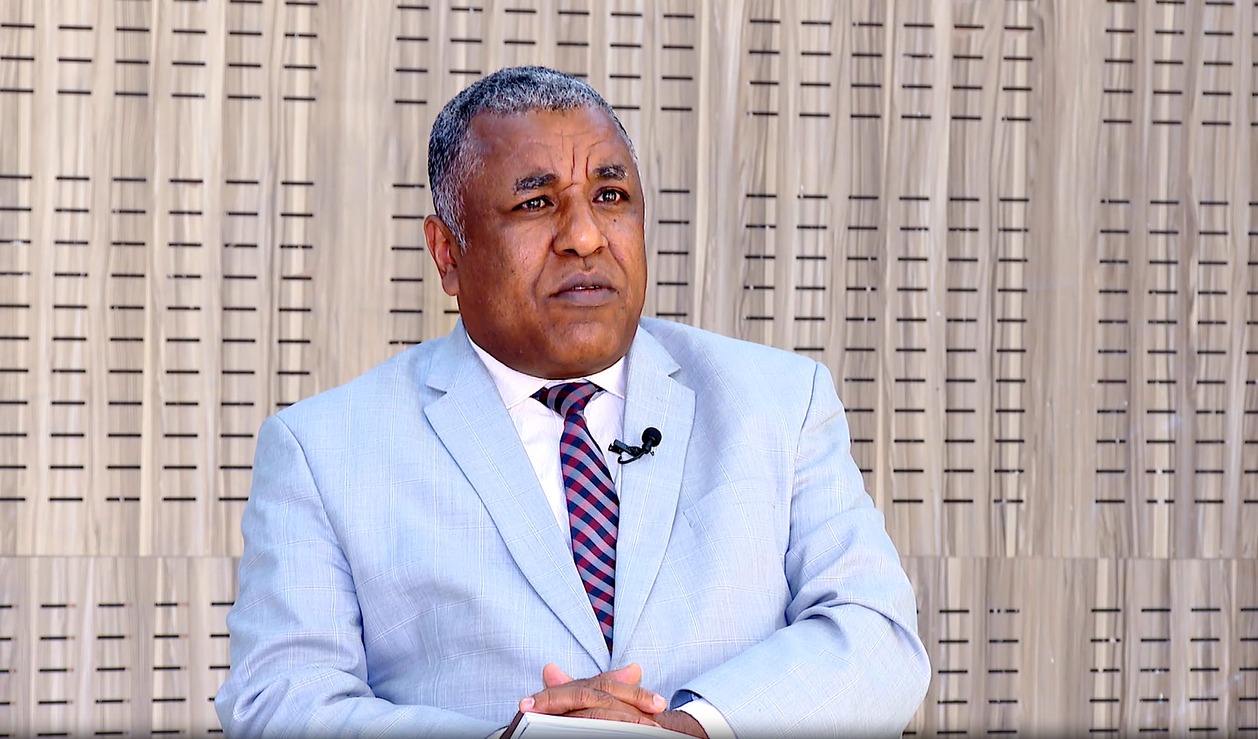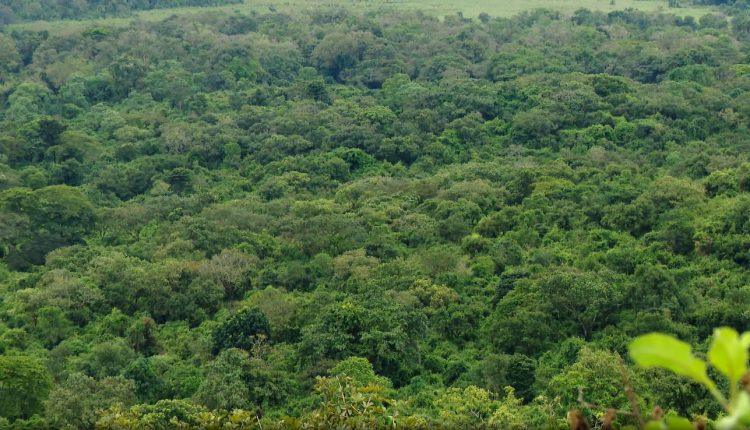Ethiopia’s Green Legacy ignites a reforestation surge in the Blue Nile basin
Addis Ababa, July 26, 2025 (FMC) — Agriculture Minister Girma Amente announced that approximately 27.5 percent of the seedlings planted under Ethiopia’s Green Legacy Program have been concentrated in the Abbay (sometimes know as Blue Nile) Basin, marking a major stride in the country’s reforestation efforts.

The Minister highlighted that Ethiopia has been losing between 90,000 and 100,000 hectares of forest annually, a deforestation trend that has exacerbated droughts, floods, and other natural disasters. In response, the Green Legacy Initiative was launched in 2019 as part of the country’s national reform agenda, mobilizing widespread public participation to reverse these environmental challenges.
Since its inception, the program has overseen the planting of 40 billion seedlings, elevating Ethiopia’s global standing in environmental conservation. Minister Girma emphasized that forest coverage nationwide has increased to 23.6 percent, with ambitious plans underway to expand this to 30 percent.
Specifically, in the Abbay (Blue Nile) Basin, reforestation efforts have boosted forest coverage to 25 percent, driven by the significant share of seedlings planted in the region. The Minister also revealed targets for this Ethiopian fiscal year aim to escalate seedling planting to 50 billion, including an anticipated 7.5 billion seedlings during the current rainy season.
Beyond enhancing forest cover, the Green Legacy Program plays a crucial role in mitigating soil erosion and safeguarding fertile land from water degradation. Government initiatives have halved the annual soil erosion from agricultural lands, reducing it by 50 percent from 130 tons, local newswire service ENA reported.
Minister Girma further noted the program’s vital contribution to preventing silt accumulation in dams and rejuvenating dried water bodies, citing the successful restoration of Lake Haramaya as a prime example.
Moreover, these environmental improvements have positively impacted agricultural productivity, reinforcing Ethiopia’s pursuit of food security objectives.

